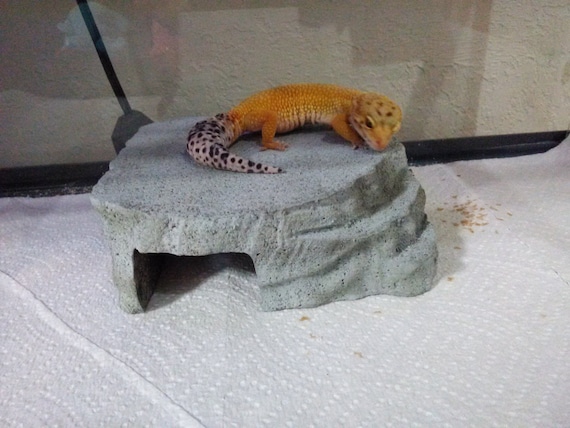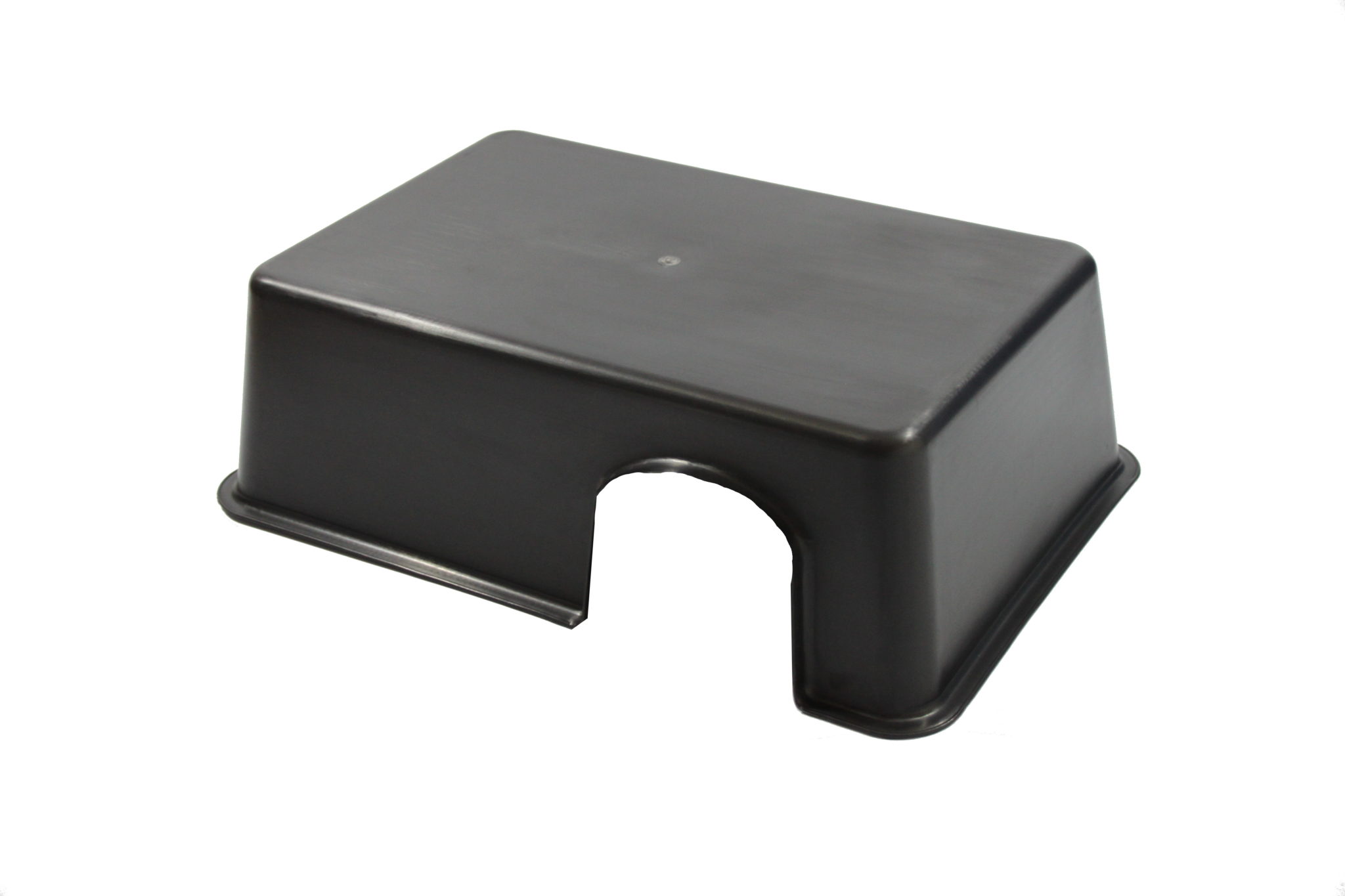
Some geckos will allow you to get really close, while others may be more wary. But, the number one place to find geckos, is directly above gecko poop! So look for little lizard poops stuck to walls or at the base of walls and then at night search that area for the gecko who made it. Geckos also like concrete or brick walls, especially if those walls have cracks or holes that can be used as secure hiding spots. Geckos also like to hide behind downspouts or other objects that provide a narrow gap next to the wall of a building. The easiest place to find them is around porch lights or in corners of buildings (where walls meet or where a wall meets the roof or ceiling). So the best place to look for geckos is around homes, buildings, motels/hotels, and other structures. These three elements-light, water, and shelter-are abundant around human settlements. Plus, when the seasons change and temperatures drop, garages, attics, and crawl spaces provide convenient shelters in which to wait for a return to more favorable weather. These narrow spaces are great places to sleep through the day and escape from predators.

Man-made structures provide narrow spaces in which a gecko can hide (for example, in cracks in walls, under eaves, behind downspouts, etc). Irrigation (around homes and other buildings) provides moisture and water to drink. Lights also give off heat, which is an added bonus if you are a well-fed gecko looking for a place to take a little rest and digest those tasty moths you just gorged upon.
HIDES FOR GECKOS WINDOWS
At night, porch lights and light from windows attracts insects, and an abundance of easy insect prey attracts geckos. Most introduced geckos, such as the Hemidactylus House Geckos do best when three things are present: So keep an eye out wherever you are, because there just may be a gecko nearby.

Remember, prolonged cold winters aren’t so cold if you are under a house or in a garage. Outside of the southern US, geckos are found in many central and northern US states, including in towns where one might think that prolonged cold winters would keep geckos away. Geckos are showing up all over the place! They are certainly most common in the southern United States, from North Carolina to Florida westward through the desert southwest into California. Where Should I Look for Geckos (and Gecko Poop!)? *Just remember to always place the cover object back exactly where you found it because the humidity and temperature regime under these objects make them a great home for many animals, and setting the cover object back in the same place will preserve these conditions. In colder climates (and geckos have been found pretty far north in the US including places with subzero winters like Missouri, Illinois, Arkansas, and Maryland), gecko searches are best left to the warmer months of the year. They are certainly most common in the warmer months, but they can be found year round if nighttime lows do not drop too much. Now you know what time of day to look, but what about the time of the year? In southern parts of the US, where introduced geckos are most common, geckos can be found throughout the year. A good strategy for finding geckos is to find poop during the day, and then return in the evening to find the gecko that produced it. This is the white substance in bird and lizard poop. They also cannot afford to lose lots of water to get rid of nitrogenous wastes like mammals do when they urinate, so they excrete their nitrogenous waste as uric acid crystals. Lizards try to minimize water loss so their feces are very dry. Daytime, however, is a great time to find evidence of geckos, in the form of gecko poop! Lizard poop is very distinctive. Juvenile geckos, especially House Geckos (Hemidactylus), can also be found during the day hiding under cover objects (rocks, logs, boards, pots, etc) in yards.*ĭaytime gecko searching tends to be less successful than nighttime searching.


During the day it is also possible to uncover geckos in their daytime hides (see below). However, some species do show some daytime activity, especially in the few hours before dusk. Thus the best time to look for geckos is at night. GeckoWatch is primarily focused on nonnative geckos, and nearly every species of gecko introduced to the United States is nocturnal. When Should I Look for Geckos (and Gecko Poop)?


 0 kommentar(er)
0 kommentar(er)
